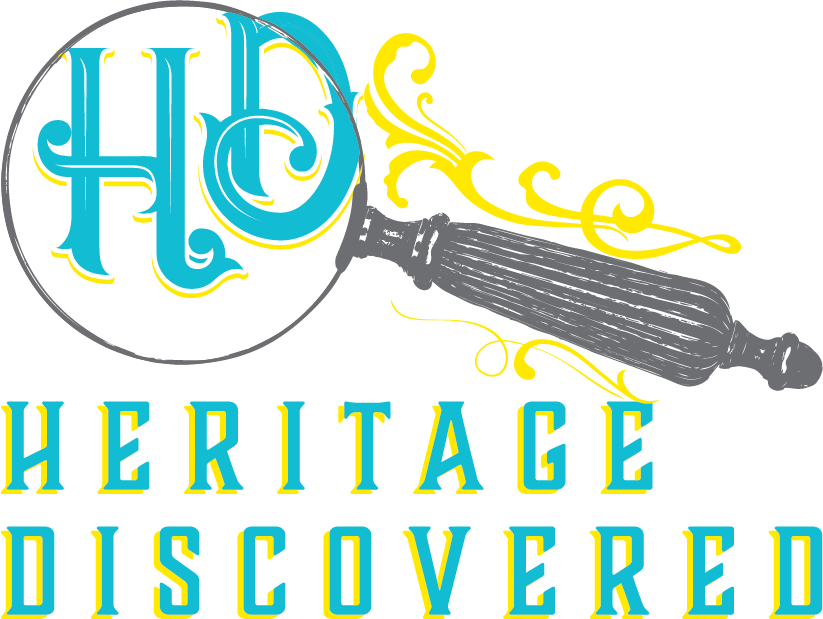How to Use the Online Archive of California in Your Genealogy Research
What is the Online Archive of California?
The Online Archive of California (OAC) is a free website offering guides on primary source collections from 200 libraries and archives, museums, and historical societies from across the state. Institutions like the California Academy of Sciences, the UC schools, and the Santa Barbara Mission archive and library have collection guides on the OAC.
Over 20,000 collection guides and 250,000 digital images and documents are searchable. You can browse by institution or collection, or search for specific items and location. The OAC is a part of the University of California’s California Digital Library, one of the world’s largest digital research libraries.
How to use the OAC for genealogy research
The OAC is a great resource for genealogical research as collections of personal papers, correspondence, photographs, and oral histories are available to search. For example, the Edward W. Gee family papers collection has correspondence from the Gee family from 1924 to 2009.
There also collections related to clubs and organizations, like the Tarzana Women’s Club or the Walnut Grove Japanese Methodist Church Records, 1930-1956 collection.
The OAC is not only helpful to people with California ancestry. There are collections related to other regions, like Wallowa County, Oregon land documents, 1906-1936, and Civil War correspondence from soldiers in many different states.
What is a collection guide?
A collection guide is also known as a finding aid. It describes a collection of items, grouped by a topic or person, held at an archives or other institution. Each guide varies, but always has the collection title and number, a link to the repository where it’s held, and if online items are available to view.
The guide can also have:
a detailed description
a background into the collection
the size (in linear feet)
how to access the collection
restrictions on use
scope and contents
historical notes
arrangement information
related collections
publication rights
links to PDF and HTML versions of the guide
Some are very short because the collection hasn’t been processed yet, which will be noted in the guide description along with how to contact the institution for access.
How to search by collection
From the homepage, you can either click on “Browse Collections” in the navigation menu at the top of the page or search alphabetically by title in the main section of the homepage.
If you click on “Browse Collections”, you’ll find a list of all the collections. Browse the collections alphabetically from the “From A to Z” section on the left side of the screen.
Collections with an eye icon next to them show that items are available to view online.
On the left side, there is a link to “Show collection descriptions”. If you click on this, a summary of each collection will appear.
How to search by institution
From the homepage, you can click on “Browse Institutions” from the navigation menu at the top or scroll through the list of institutions in the main content of the homepage.
If you click on “Browse Institutions”, you’ll get a list of every repository. Like the browse collections feature, you’ll see an eye icon next to institutions that have collections with items available to view online. If you scroll down, you’ll find that many institutions have digital items, although they may only have a few collections digitized.
You can also use the “From A to Z section” on the left side of the page to jump down to the letter you’re looking for.
How to browse using the map
You can also browse the OAC by using the map feature. From the homepage, select “Browse Map” from the navigation menu. Or, click on the map on the right side of the page.
From there, you can choose a city or college/university campus from the drop-down menus at the top, zoom in to a location, or scroll through the list of institutions.
Final thoughts
The OAC is a free resource to find primary source collections in repositories in California
Over 20,000 collection guides and 250,000 documents are available to search
A collection guide (aka finding aid) describes a collection of items, grouped by a topic or person, at an archives or other institution.
The OAC is great for genealogy research because it has finding aids on personal papers, photos, oral histories, letters, and other documents for individuals and organizations
Finding aids describe the collection, how to access it, and if any digital images are available to view
The OAC has finding aids for collection on regions other than California
You can search the OAC by collection name, institution, or by a map
The OAC is a great (free!) resource for your genealogy research.
Please share in the comments if you find it helpful and what you found!










